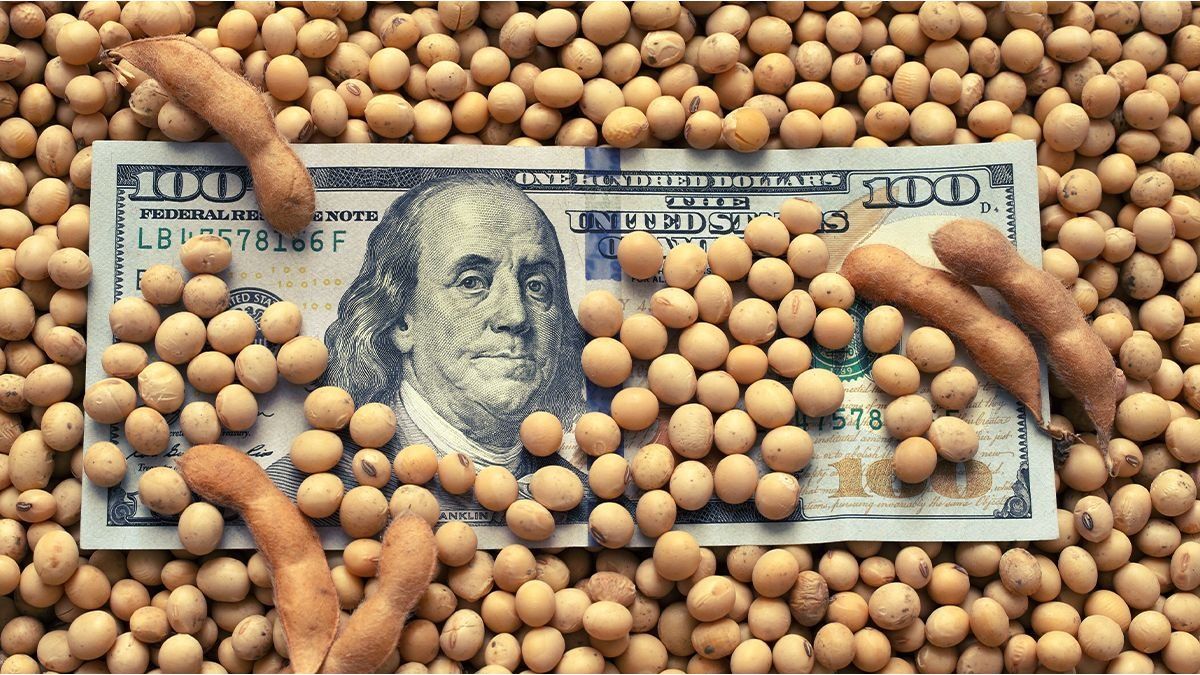As anticipated by Ámbito, the Government made official this Tuesday a new version of the soybean dollar but it will have a different scheme from previous editions. In this case, you will not have a fixed exchange rate directly but yes, indirectly, there will be a benefit for grain producers.
The measure was announced through the Official bulletin and will enter into force throughout the month of September, where it will seek to capture “those subjects who have exported at some point in the immediately preceding 18 months” with the aim of accumulating reserves.
according to Decree 443/2023the measure will reach producers of soybeans and their derivatives, such as soybeans or oil, in what will be the Fifth edition of the Export Increase Program who threw the Ministry of Economy. Adherence to the Export Increase Program will be voluntary.
Soybean dollar 4: what are the conditions
“The subjects that adhere to this Program, and that is applicable to them, must settle the currencies that enter through the Free Exchange Market (MLC), referred to in article 4 of this measure, under the terms and conditions established by the complementary regulations, not being able to exceed said term on September 30, 2023, inclusive, including the cases of pre-financing and/or post-financing of foreign exports or a settlement advancehaving to make, for 100% of all currencies”, indicated the norm.
In the provisions, the Government indicated that Argentina is “a relevant world exporter of manufactured soybeans, products with low direct incidence in the national supply chain; Hence, these foods and raw materials do not generate a direct impact on the family basket or on the measurements of the monthly inflation index”.
While they stressed the need to “continue implementing policies that tend to strengthen the Bookings” of the Central Bank of the Argentine Republic (BCRA).
Unlike previous schemes, this new version of the The soybean dollar will not have a fixed exchange rate. In that sense, the 75% of the counter value of the export of merchandise, it must be entered in foreign currency and negotiated through the Free Exchange MarketMeanwhile he 25% remaining will be “free availability”.
In other words, agricultural producers will be able to acquire a ton of soybeans paying 75% at an official exchange rate ($365), while the remaining percentage could be through a free quote (for example, the MEP dollar at $770). This tool will only be the last to buy Argentine soybeans.
Soybean dollar: how it went in the previous edition
In the last edition of the program, the government managed to exceed the goal of US$2,000 million that had been set for the fourth edition of the program, which had an exchange rate of $340 pesos. In this sense, taking into account all the stages of the soybean dollarUS$18,566 million were reached, according to statistics released by the bag of cereals based on data from Open Electronic Market.
Soybean dollar 4: caution in the sector
Sources from the sector assure that the new provisions are not the typical export program like the previous versions and each company will decide individually whether to enter the scheme and how it will operate.
At the same time, they reiterate that the best policy is exchange unification and the elimination of restrictions.
Source: Ambito




